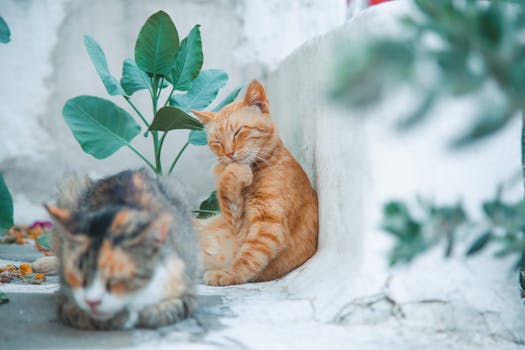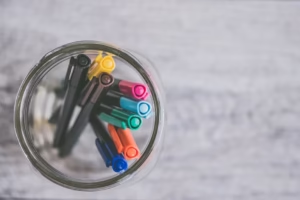Introduction: Why Cat Owners Must Be Cautious with Plants
Many cat owners enjoy decorating their homes and gardens with plants. However, not all plants are safe for cats, and some can cause severe health issues if ingested. In this comprehensive guide, we explore 15 common plants, their level of toxicity for cats, and how to keep your feline friends safe. By understanding which plants are harmful, you can create a cat-friendly environment and avoid potential emergencies.
Common Plants and Their Toxicity to Cats
1. Aloe Vera
Toxicity Level: Toxic
Aloe vera, known for its healing properties, contains saponins and anthraquinones, which can cause vomiting, diarrhea, and lethargy in cats.
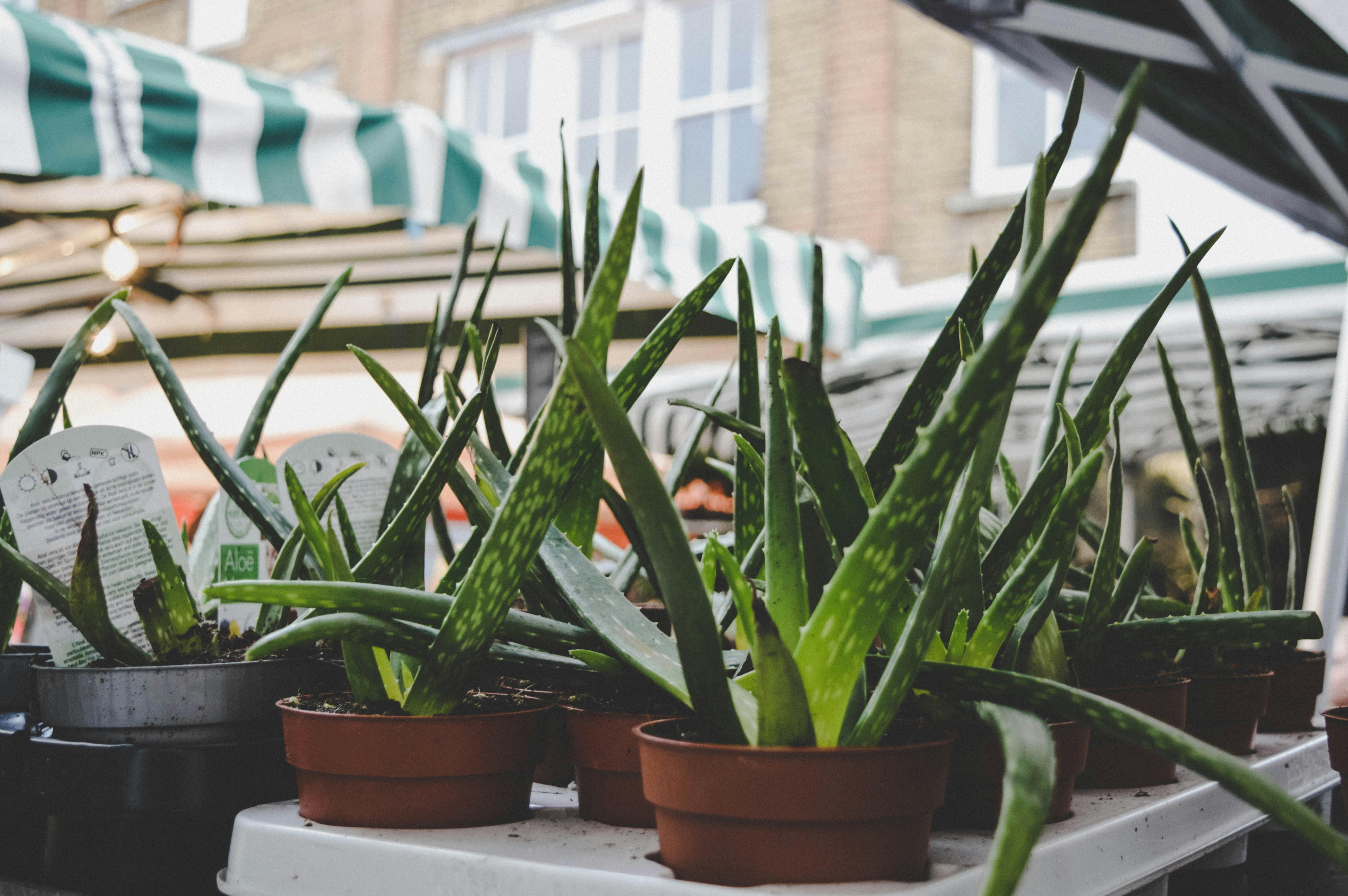
2. Spider Plant (Chlorophytum comosum)
Toxicity Level: Non-toxic
Spider plants are safe for cats but may cause mild stomach upset if consumed in large quantities.

3. Lilies (Lilium and Hemerocallis species)
Toxicity Level: Highly toxic
All parts of lilies, including the pollen, are extremely toxic to cats and can cause kidney failure if ingested.

4. Snake Plant (Sansevieria trifasciata)
Toxicity Level: Toxic
Snake plants contain saponins, which can lead to nausea, vomiting, and diarrhea in cats.
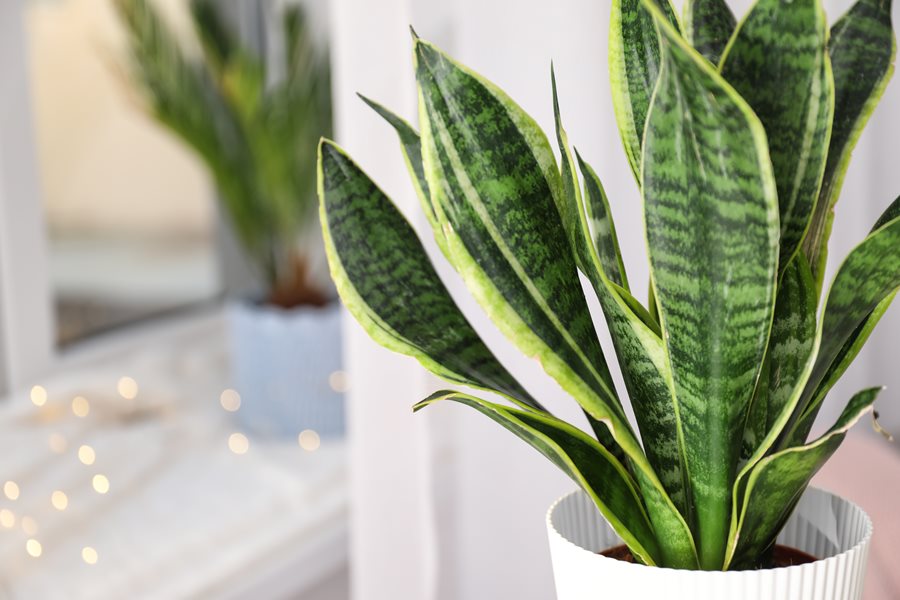
5. Pothos (Epipremnum aureum)
Toxicity Level: Toxic
Pothos is a popular houseplant that contains insoluble calcium oxalates, causing irritation, drooling, and swelling if ingested.
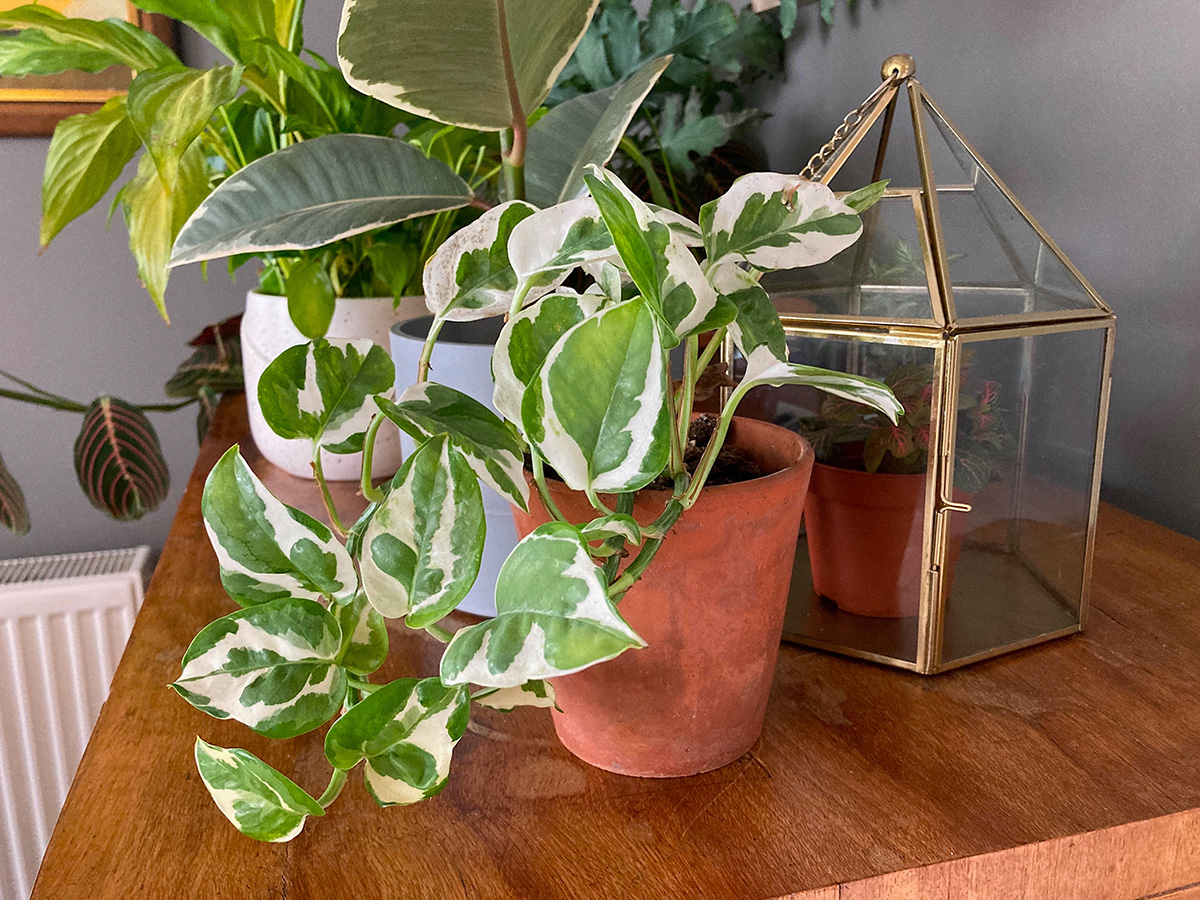
6. Peace Lily (Spathiphyllum)
Toxicity Level: Toxic
Peace lilies contain calcium oxalates that can irritate a cat’s mouth and digestive tract, leading to drooling, vomiting, and difficulty swallowing.

7. Philodendron
Toxicity Level: Toxic
Philodendrons contain insoluble calcium oxalates that can cause oral irritation and gastrointestinal distress in cats.

8. Bamboo (Lucky Bamboo – Dracaena sanderiana)
Toxicity Level: Toxic
Lucky bamboo is mildly toxic to cats, causing vomiting and drooling if consumed.

9. Boston Fern (Nephrolepis exaltata)
Toxicity Level: Non-toxic
Boston ferns are safe for cats and are a great option for pet-friendly homes.
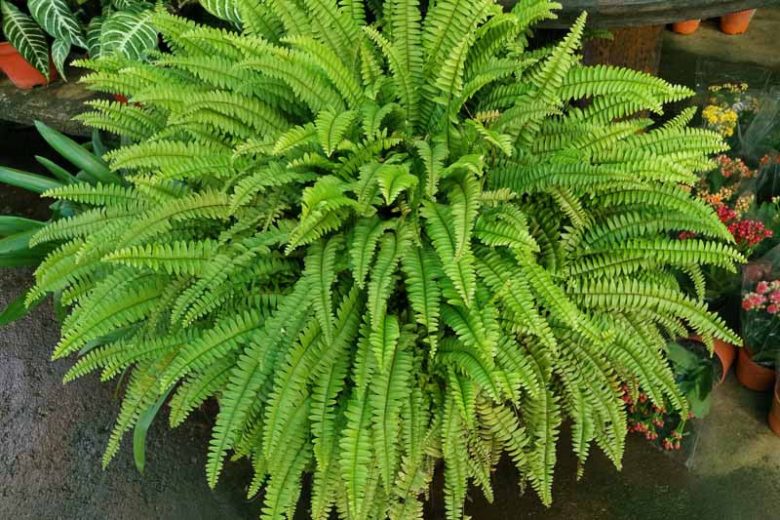
10. Jade Plant (Crassula ovata)
Toxicity Level: Toxic
The jade plant can cause vomiting, lethargy, and coordination issues in cats.

11. Chrysanthemums
Toxicity Level: Toxic
Chrysanthemums contain pyrethrins, which can cause vomiting, diarrhea, and loss of coordination in cats.
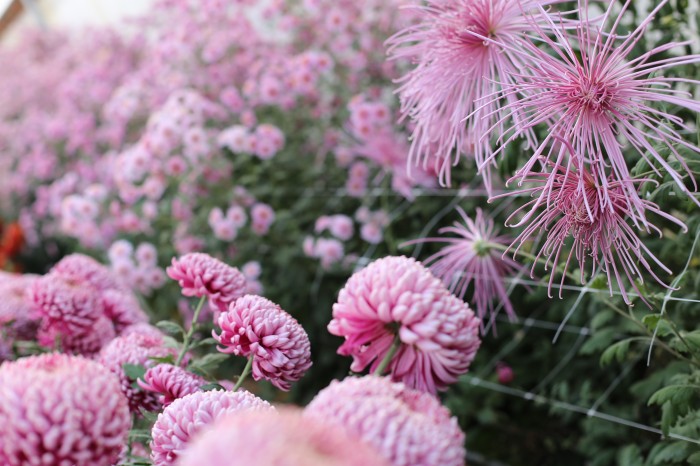
12. Lavender (Lavandula)
Toxicity Level: Mildly toxic
While lavender oil is more toxic, the plant itself can cause nausea and vomiting if ingested in large amounts.

13. Rosemary (Salvia rosmarinus)
Toxicity Level: Non-toxic
Rosemary is safe for cats and can even repel fleas when planted in gardens.

14. Marigold (Tagetes)
Toxicity Level: Non-toxic
Marigolds are generally safe for cats, although ingestion may cause mild stomach upset.
15. Ivy (Hedera helix)
Toxicity Level: Toxic
Ivy contains saponins, which can cause vomiting, drooling, and abdominal pain in cats.
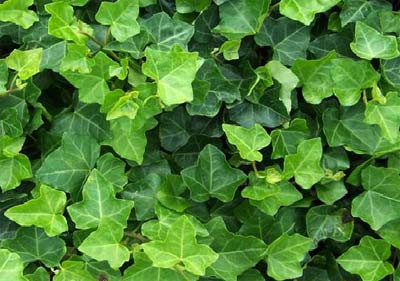
Conclusion: Protecting Your Cats from Toxic Plants
Creating a safe environment for your cats involves understanding which plants are harmful and taking proactive measures. While some plants like Boston ferns and marigolds are safe, others such as lilies and aloe vera pose significant risks. Always research before introducing a new plant into your home or garden, and consult your veterinarian if you suspect your cat has ingested a toxic plant. By staying informed, you can ensure your feline friends stay healthy and happy.

